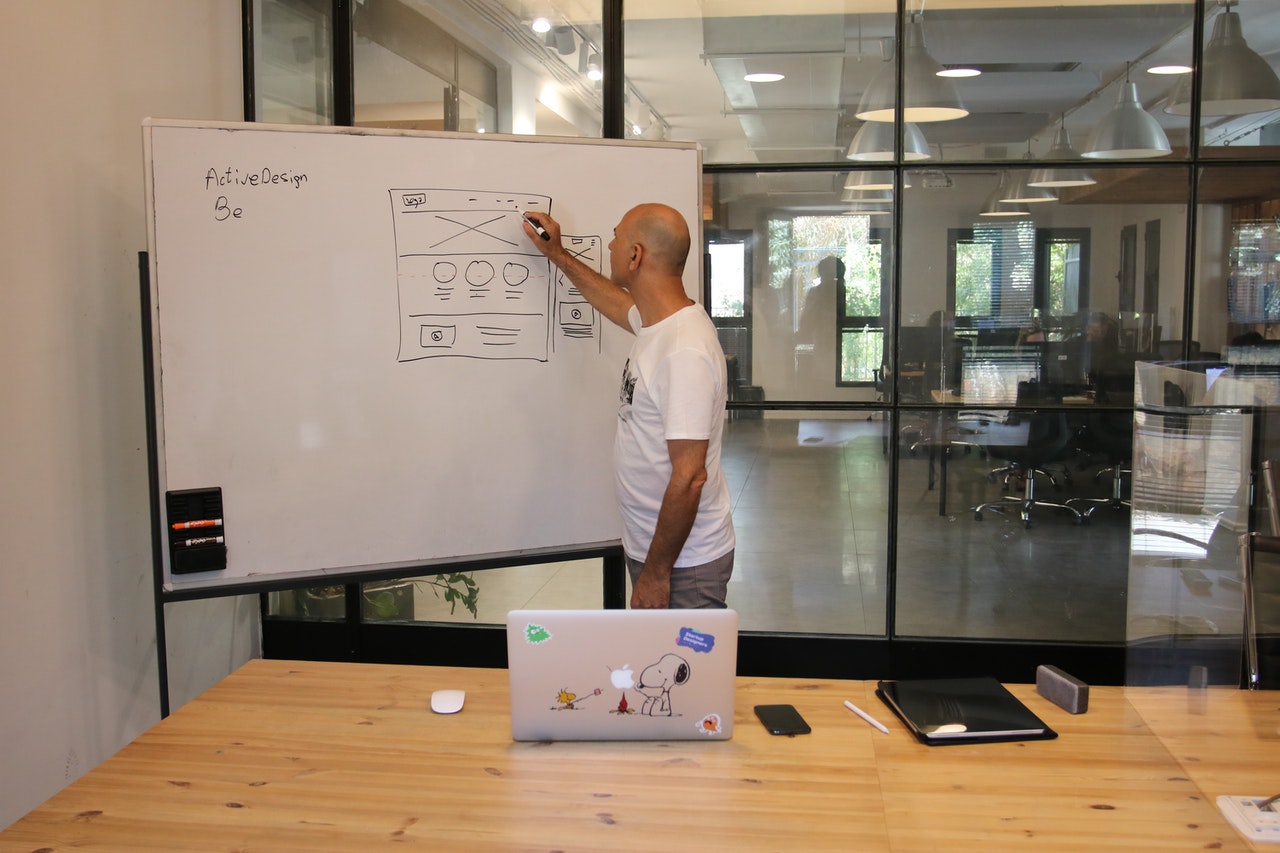Comments (5)
Danielle Fiddes
This is such a golden resource
Christian Pawson
Nice one !
Lee Farrell
Love the actionable steps ! Thanks
Martin Wedge
Clear, organized and straight to the point Noah!
Cameron Harvey
These tips are incredibly helpful

For the past couple of decades, the online environment has become an integral part of our lives.
There is very little that we do that isn’t supported in some way by using the internet. As a result, businesses have to consider how they use their websites to interact with their customers.
This is where user experience (UX) comes into play. It’s become something of a buzz phrase in business, with many of us not fully grasping what it means or how important it is. Think of it this way — UX deals with what consumers encounter each time they visit your website, and how they respond to it. While there are some generalized best practices, it is also vital to ensure you take an approach that considers demographics with diverse needs. Your UX must be geared toward inclusivity.
We’re going to take a closer look at what this means. Why is it important to take the time to approach design from multiple consumer perspectives? What practical steps can you take to implement inclusive UX? How does this affect your overall business model?
Before you get going on the practical side of UX, it’s important to understand why you’re doing it. Something as subjective as “experience” can seem intangible. However, you must consider that your online channels may be the primary way in which customers interact with the business. When it comes to traditionally neglected demographics such as the elderly or customers with disabilities, UX also becomes a matter of ethics. By not taking the time to review why people struggle to use your website, you may be inadvertently excluding them from services.
There is also a legal obligation for web accessibility. The Americans with Disabilities Act (ADA) requires all public places to be accessible. The 2017 Robles v. Domino's Pizza LLC case has set precedent for websites to be included under the definition of a public place. Making your website accessible — featuring closed captions on videos, using high contrast colors, alternative text for images — is a good place to start. Considering the experiences of diverse users when you build your website demonstrates that you take your legal and ethical position seriously.
It’s worth considering too that this reflects favorably on your business. Alongside designing your website to your niche, gearing the UX to accessibility shows that your values are strong. It helps to build your reputation among the community as a business that is welcoming to all. Crafting your user experience to make lives easier may also draw more visitors, resulting in higher rankings on search engines.
The key to producing the best user experience for all visitors is to make it a driving aspect of your website planning. From the outset, you need to not only consider how your site serves the needs of your business model but also how your decisions affect inclusive UX. This isn’t as complex as it might sound. Largely, you need to approach your planning with empathy and ask questions about how services will be received.
As with many areas of business, this is best tackled with data. Undertake some research on what challenges each demographic faces when using products like yours. If you already have a site online, this can be made easier using UX tools like Crazy Egg, which captures information about how users interact with the site. This can give you useful insights into areas that present obstacles to members of each demographic.
Don’t be afraid to involve potential users with differing challenges at multiple points of the planning process. Reach out using social channels, express your plans to make your website a more accessible, diverse place. Show them prototypes, invite them to get involved with testing. Build inclusivity awareness into each stage of development so that you can ensure that the UX for even traditionally neglected demographics is baked into the core of your online environment.
It would be a mistake to think that positive, inclusive UX is surface-level. You can’t just apply some common best practices to your site and call it a day. It’s a better, more sustainable approach to make accessible user experiences a key part of your overall company culture. This helps to ensure that it remains a focus beyond the initial design process, and you can keep making changes and improvements to your services that meet the needs of all consumers.
Your approach can include:
We’ve all become familiar with the idea that UX is essential for online businesses. However, we can’t just focus on the experiences of the main demographics we think will provide the most revenue. It is an ethical and cultural responsibility to take into consideration how people from all walks of life, with varying challenges, interact with our businesses. Therefore we need to take time to understand their needs, make accessibility a core aspect of planning, and seek to apply inclusive UX to all parts of the business.
This is such a golden resource
Nice one !
Love the actionable steps ! Thanks
Clear, organized and straight to the point Noah!
These tips are incredibly helpful
Leave your comments
Post comment as a guest